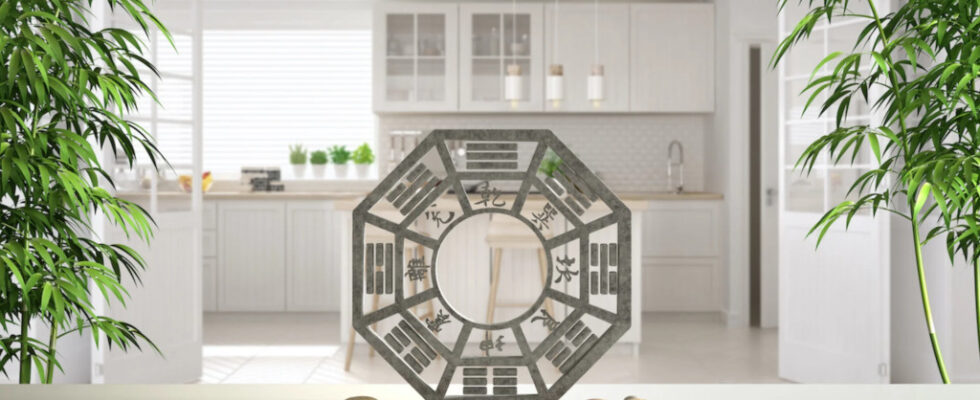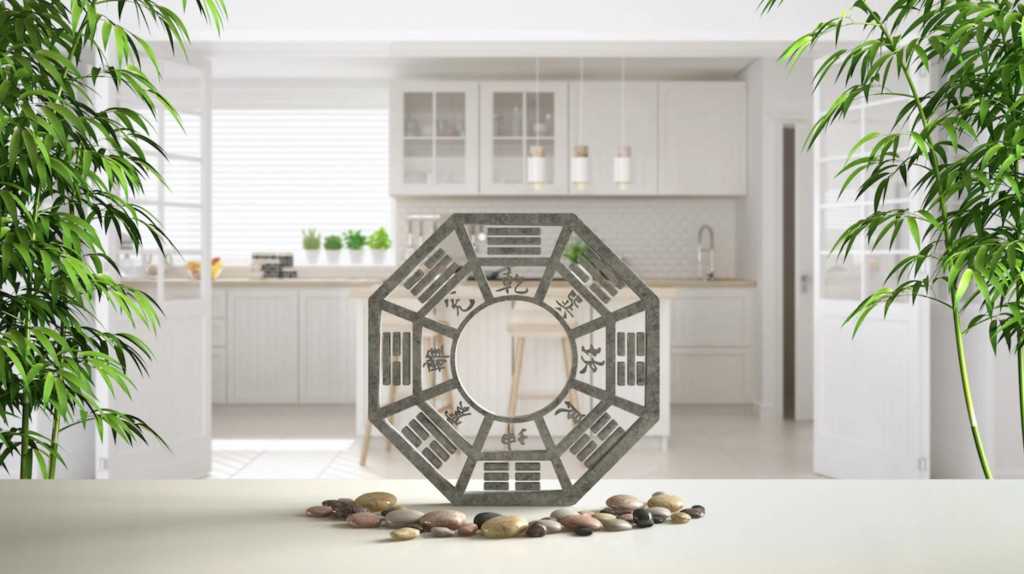
What is Feng Shui?
Feng Shui is a centuries-old Chinese tradition that emphasizes the balance of energy within the home. It involves arranging furniture, colors, and objects in a manner that encourages positive energy flow and promotes harmony and balance in the space.
Feng Shui principles take into account elements such as furniture placement, natural light utilization, and the inclusion of items like water and plants. By implementing Feng Shui, individuals strive to create a peaceful and harmonious atmosphere that supports their overall well-being and prosperity.
The History and Origins of Feng Shui
Feng Shui, an ancient Chinese practice that dates back thousands of years, can be traced back to the Han Dynasty. This practice is based on the belief that the arrangement and placement of objects in our surroundings have a direct impact on our energy and well-being.
Combining philosophy, astrology, and geography, Feng Shui aims to create harmony and balance in our lives. The rich history and origins of Feng Shui are deeply ingrained in Chinese culture and are passed down through generations. Even today, people all over the world embrace Feng Shui principles to promote a harmonious and positive living environment.
The Principles of Feng Shui
In the practice of Feng Shui, the art of harmonizing energy in home interiors, there are three fundamental principles that guide its philosophy. These principles are Qi (Chi), Yin and Yang, and the Five Elements. Each one plays a crucial role in creating balance and harmony within a space. Let’s delve into these principles and how they can be applied to our homes to promote positive energy flow and enhance our well-being.
1. Qi
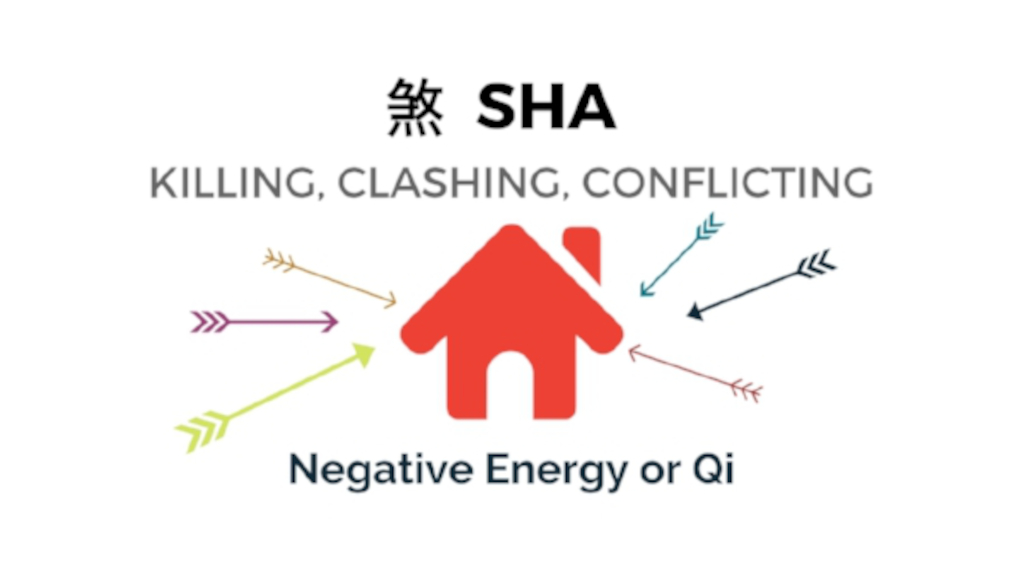
Qi, also known as chi, is a fundamental concept in Feng Shui. Here are the steps to harnessing positive qi in your home:
- Clear the clutter: Remove any unnecessary items that block the flow of qi.
- Let in natural light and fresh air: Open windows, use mirrors, and incorporate plants to enhance positive energy.
- Organize and arrange furniture mindfully: Position furniture to allow for smooth movement and avoid blocking pathways.
- Balance yin and yang: Combine contrasting elements in your space, such as soft and hard textures, to create a harmonious atmosphere.
- Use colors strategically: Choose colors that promote certain energies, such as blues for calmness or reds for passion.
Feng Shui originated in ancient China over 3,000 years ago and is based on the belief that harmonizing the energy in our surroundings can bring balance, prosperity, and well-being.
2. Yin and Yang
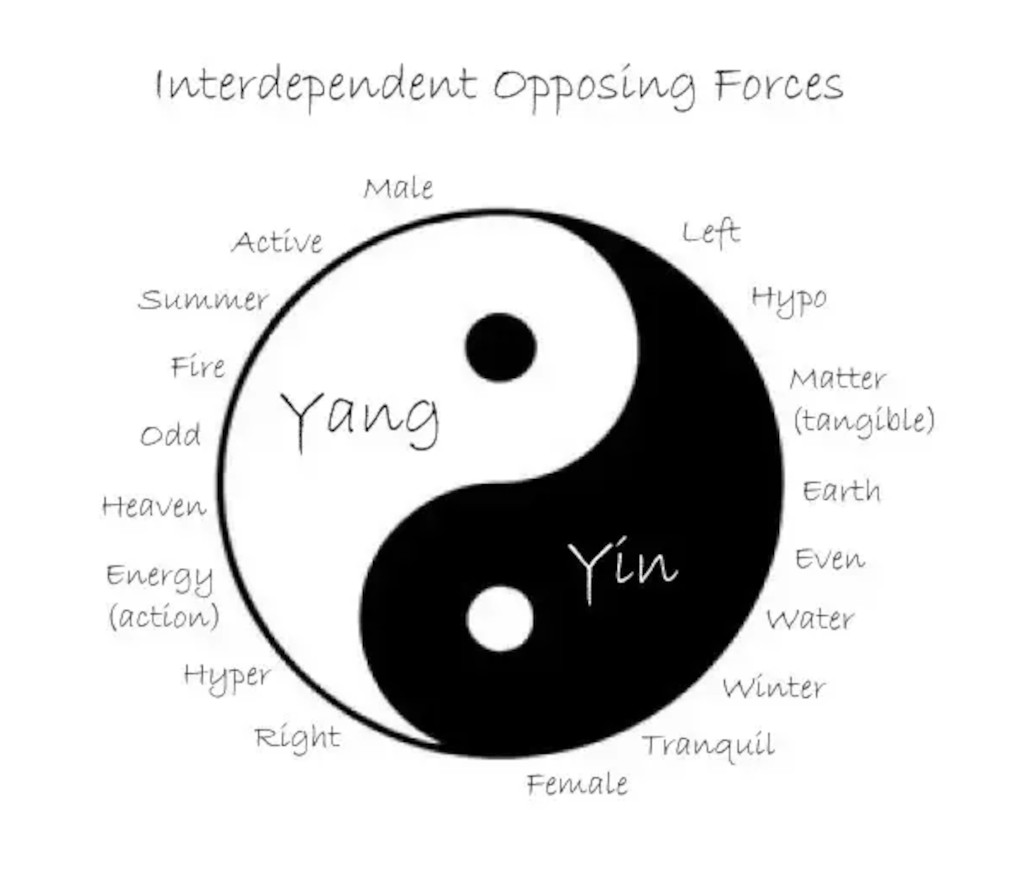
Yin and Yang are fundamental concepts in Feng Shui, symbolizing the dualistic nature of the universe. Yin represents darkness, femininity, and passive energy, while Yang embodies light, masculinity, and active energy.
Striking a balance between Yin and Yang is crucial in order to achieve harmony in one’s home. By incorporating both elements in interior design through the use of colors, textures, and shapes, this balance can be achieved. For instance, pairing a dark-colored wall (Yin) with vibrant artwork (Yang) can create a harmonious atmosphere. Understanding and applying the principles of Yin and Yang is essential for promoting optimal energy flow in your living space.
3. The Five Elements
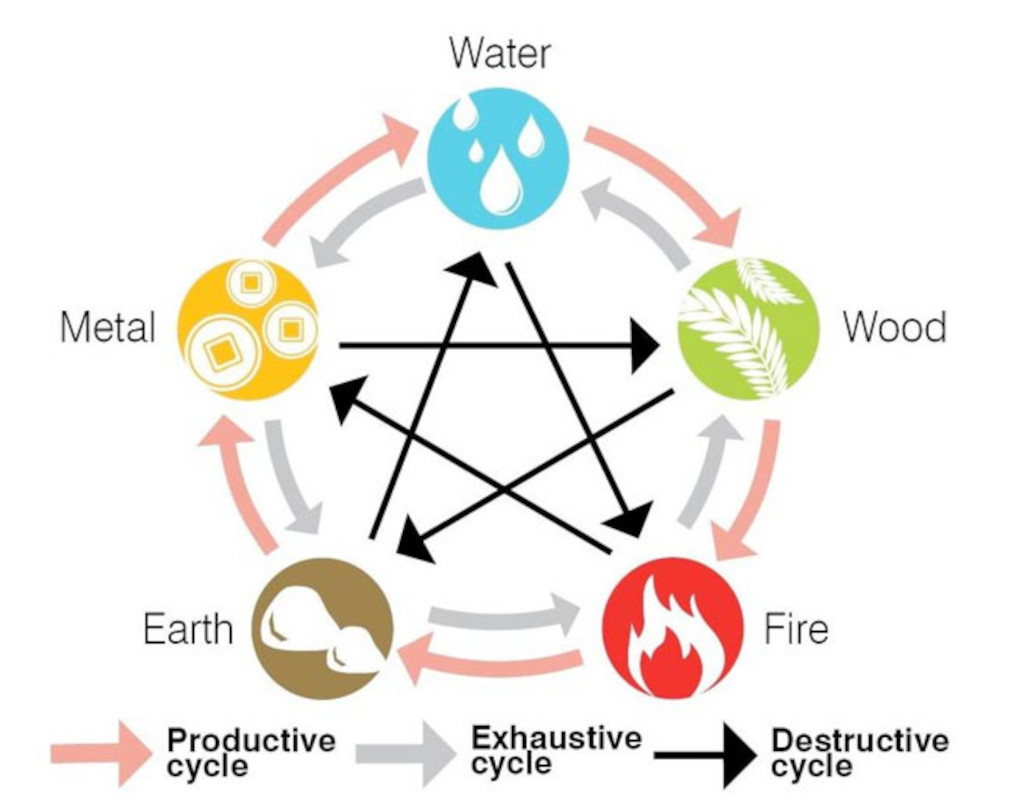
In Feng Shui, the concept of the Five Elements is crucial for creating balance and harmony in your space. These elements, also known as Wu Xing, are Wood, Fire, Earth, Metal, and Water. Here are the steps to incorporate the Five Elements into your home:
- Add plants or wooden furniture to represent the Wood element.
- Bring in candles, lamps, or bright colors to symbolize the Fire element.
- Use earthy tones, ceramics, or stones for the Earth element.
- Integrate metal objects, such as sculptures or metallic accents, for the Metal element.
- Include a water feature, like a fountain or aquarium, to embody the Water element.
How Does Feng Shui Work?
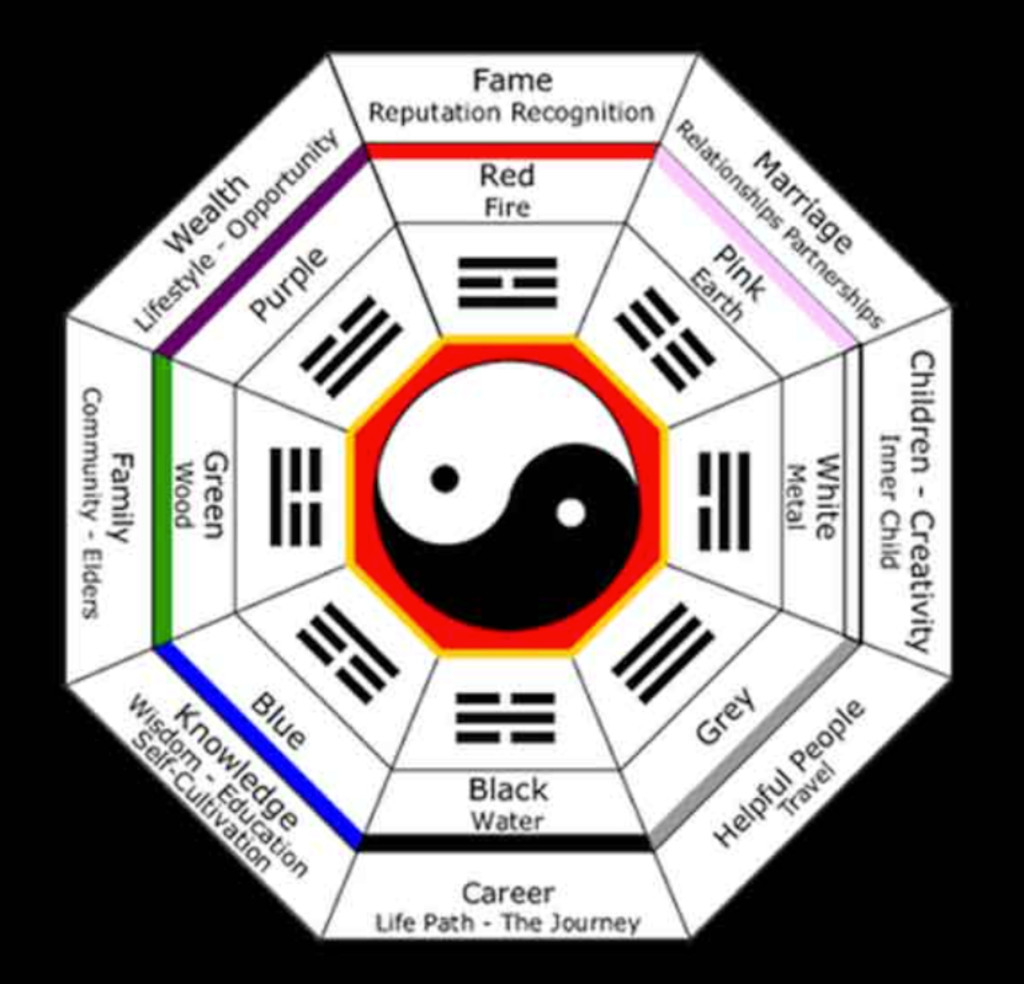
Feng Shui is an ancient Chinese practice that focuses on creating a harmonious flow of energy, or chi, in the home. But how exactly does it work? In this section, we will delve into the core principles of Feng Shui and how they contribute to creating a balanced and positive environment.
From the use of the Bagua map to the incorporation of the five elements theory and the importance of the command position, we will explore the key elements that make up the essence of Feng Shui.
1. The Bagua Map
The Bagua Map is an essential tool in the practice of Feng Shui, used to evaluate the flow of energy and make adjustments in different areas of a home or space. When utilizing the Bagua Map, follow these steps:
- Begin by creating a scaled floor plan of your space.
- Place the Bagua Map over the floor plan, aligning the bottom edge with the main entrance.
- Divide the space into nine equal sections, each representing a different aspect of life, such as career, relationships, or health.
- Evaluate the energy flow in each section and make necessary adjustments using appropriate Feng Shui remedies, such as colors, elements, or specific objects.
- Consider the specific needs and goals for each area, and make changes accordingly.
By utilizing the Bagua Map, you can harmonize the energy in your home and create a harmonious and supportive environment.
2. The Five Elements Theory
The Five Elements Theory is a fundamental concept in Feng Shui that explores the interactions between different elements to create balance and harmony in the environment. Here are the steps to understand and apply this theory:
- Identify the five elements: Wood, Fire, Earth, Metal, and Water.
- Understand the attributes and characteristics of each element.
- Map the elements onto different areas of your living space using the Bagua Map.
- Create a balanced and harmonious arrangement of the elements in each area.
- Consider the productive and destructive cycles of the elements to create a flow of energy.
By incorporating the Five Elements Theory, you can enhance the energy flow in your home, promote well-being, and create a harmonious environment. Experiment with different elements and placements to find what works best for you and your space.
3. The Command Position
The concept of the command position is crucial in Feng Shui when arranging furniture and objects in a room to optimize positive energy flow. Follow these steps to achieve the command position in your space:
- Place your bed, desk, or sofa diagonally across from the entrance to have a clear view of the room.
- Position your furniture against a solid wall for stability and support.
- Avoid placing your furniture directly in line with the door, as this can disrupt energy flow.
- Ensure that you have a solid backing behind you, such as a wall or a tall piece of furniture.
- Arrange your furniture to have a balanced and open layout, allowing energy to circulate freely.
By implementing these steps, you can create a harmonious and balanced environment that promotes positive energy flow and enhances your well-being.
Applying Feng Shui in Home Interiors
Feng Shui, an ancient Chinese practice, is all about creating balance and harmony in our surroundings to improve our overall well-being. In home interiors, this concept can be applied to every aspect of our living spaces, from the entrance to the bathroom.
By understanding the unique considerations for each space, we can create a more harmonious and positive energy flow throughout our homes.
1. The Entrance
The entrance is a crucial area in feng shui as it sets the tone for the energy flow throughout the home. Here are some steps to create a harmonious entrance:
- Clear clutter: Remove any unnecessary items that block the flow of energy at the entrance.
- Ensure proper lighting: Install good lighting to create a welcoming atmosphere at the entrance.
- Use mirrors strategically: Place mirrors at the entrance to reflect light and create a sense of spaciousness.
- Add elements of nature: Incorporate plants or natural materials at the entrance to bring in fresh energy.
- Create a focal point: Place a beautiful artwork or an attractive piece of furniture at the entrance to draw positive attention.
2. The Living Room
The living room is an important space in Feng Shui, as it is where family and friends gather and energy flows. When applying Feng Shui principles to your living room, consider the following:
- Arrange furniture in a way that promotes conversation and connection.
- Ensure good lighting and ventilation to maintain a positive energy flow.
- Use colors that promote relaxation and harmony, such as earth tones or pastels.
- Remove clutter and create a clean, organized space to allow energy to flow freely.
- Display meaningful artwork or decorations that bring joy and positive energy.
3. The Bedroom
Designing the bedroom according to Feng Shui principles can promote relaxation, balance, and harmony. Consider the following steps:
- Position the bed in a commanding position, facing the door but not directly in line with it.
- Avoid placing the bed under a window or exposed beams, as it can disrupt the flow of energy.
- Choose calming colors for the bedroom walls, such as soft blues, greens, or neutrals.
- Keep the space clutter-free and organized to allow energy to flow freely.
- Add elements of nature, such as plants or natural fabrics, to create a soothing atmosphere.
Pro-tip: Avoid having a TV or exercise equipment in the Bedroom, as they can disrupt a restful atmosphere.
4. The Kitchen
When applying feng shui principles to the kitchen, consider the layout, colors, and energy flow for a harmonious space.
- Organize and declutter: Keep countertops clean and free from unnecessary items to promote a sense of calm and efficiency.
- Use colors wisely: Opt for warm, earthy tones like yellow, orange, or red, as they stimulate appetite and create a welcoming atmosphere.
- Bring in natural elements: Incorporate plants or fresh flowers to enhance the connection with nature and bring vibrant energy into the space.
- Utilize mirrors and lighting: Place mirrors strategically to reflect and expand the kitchen’s energy. Ensure adequate lighting to create a bright and inviting ambiance.
- Incorporate personal touches: Add personal items or meaningful decorations to infuse positive energy and create a sense of warmth and individuality.
In ancient China, the kitchen held great importance as the heart of the home, symbolizing nourishment and abundance. Feng shui principles were applied to promote good health, prosperity, and harmony within the kitchen, ultimately influencing the energy of the entire household.
5. The Bathroom
When applying Feng Shui principles to the bathroom, it’s important to create a harmonious and balanced space that promotes relaxation and cleanliness.
- Keep it clean and clutter-free to allow for good energy flow.
- Ensure proper lighting to create a bright and uplifting atmosphere.
- Use calming colors like light blues or greens to promote a sense of tranquility.
- Add plants or natural elements to bring in a touch of nature and vitality.
- Avoid mirrors that directly reflect the toilet, as it is considered bad Feng Shui.
In ancient China, bathrooms were traditionally located outside the main living spaces to keep the positive energy within the home undisturbed.
Feng Shui Tips for a Harmonious Home
A harmonious home is essential for our overall well-being and one way to achieve this is through the ancient art of Feng Shui. In this section, we will discuss key Feng Shui tips for creating a harmonious and balanced energy in your home. From decluttering and organizing to utilizing colors, natural elements, and personal touches, each tip plays a crucial role in achieving a harmonious living space. So let’s dive in and discover the secrets of Feng Shui for a more peaceful and balanced home environment.
1. Declutter and Organize
Decluttering and organizing your space is a crucial step in implementing Feng Shui principles to cultivate a harmonious home environment.
- Begin by decluttering one area at a time, such as your bedroom, living room, or kitchen.
- Eliminate any unnecessary items or objects that do not bring you joy.
- Arrange your belongings by finding designated spaces for each item.
- Incorporate storage solutions like bins, shelves, and drawers to maintain organization and tidiness.
- Create a clutter-free environment to promote the free flow of energy and establish a sense of serenity and balance in your home.
2. Use Colors Wisely
Using colors wisely in Feng Shui can create a harmonious and balanced environment in your home. Here are some steps to consider:
- Choose colors based on the Bagua Map and the specific energy you want to enhance in each area.
- Use warm colors like red, orange, and yellow in areas that require a boost of energy and activity.
- Opt for cool colors like blue, green, and purple in areas that need a sense of calm and relaxation.
- Avoid using colors that clash or create excessive contrast, as this can disrupt the flow of energy.
- Balance colors by incorporating neutral tones, such as beige or white, to create a grounding effect.
Pro-tip: Experiment with different shades and intensities of colors to find the perfect balance and harmony for your space.
3. Bring in Natural Elements
Incorporating natural elements is a crucial aspect of Feng Shui for achieving harmony and balance in home interiors.
- Add plants: Incorporate indoor plants to improve air quality and create a calming atmosphere.
- Use natural materials: Choose furniture and decor made from wood, stone, or bamboo to connect with nature.
- Let in natural light: Open curtains and blinds to allow natural light to flow in, promoting positive energy.
- Introduce water features: Place a small indoor fountain or fish tank to symbolize abundance and promote tranquility.
- Display natural artwork: Hang paintings or photographs depicting landscapes, flowers, or wildlife to bring the beauty of nature indoors.
By following these steps, you can enhance the natural energy flow in your home and create a more harmonious living space.
4. Utilize Mirrors and Lighting
Implementing Feng Shui principles in your home interiors involves utilizing mirrors and lighting effectively.
- Place mirrors strategically to reflect natural light and create a sense of spaciousness.
- Use mirrors to redirect and circulate energy, such as hanging one opposite a window to bring in more light.
- Ensure that mirrors reflect pleasant views or important elements, like a piece of art or a beautiful plant.
- Choose lighting fixtures that provide a balance of natural and artificial light.
- Use adjustable lighting options to create different moods and adjust the energy in a room.
A homeowner, struggling with a dark and cramped space, successfully applied Feng Shui principles by utilizing mirrors and lighting strategically. The result was a transformed and harmonious environment that felt spacious and uplifting.
5. Incorporate Personal Touches
Incorporating personal touches is an important aspect of applying Feng Shui principles in home interiors. Here are some steps to help you create a harmonious environment that reflects your individuality:
- Display meaningful objects: Decorate your space with items that hold personal significance, such as family heirlooms or souvenirs from meaningful trips.
- Showcase artwork: Hang paintings or photographs that evoke positive emotions and align with your personal taste.
- Add plants and flowers: Introduce nature into your home by incorporating plants and flowers, which promote positive energy and enhance the overall ambiance.
- Create a personal altar: Set up a designated space where you can display objects that hold spiritual or sentimental value to you.
- Arrange sentimental items: Place sentimental objects, like cherished books or trinkets, in a way that honors their importance to you.
By incorporating personal touches, you can infuse your living space with a sense of authenticity and create an environment that truly feels like home.
Frequently Asked Questions
What is Feng Shui and how does it relate to home interiors?
Feng Shui is an ancient Chinese philosophy that focuses on harmonizing energy in living spaces. It emphasizes the flow of energy, or ‘chi’, to create balance and harmony in one’s environment. In home interiors, implementing Feng Shui principles can help create a more peaceful and inviting space.
What are some common Feng Shui techniques for harmonizing energy in home interiors?
Some common Feng Shui techniques for home interiors include decluttering, using natural light and materials, incorporating plants and water elements, and arranging furniture to promote positive energy flow. Keeping the space clean and organized is also important in maintaining good Feng Shui.
Can Feng Shui principles be applied to any style of home interiors?
Yes, Feng Shui principles can be applied to any style of home interiors. Whether your home is modern, traditional, or eclectic, you can incorporate Feng Shui techniques to create a harmonious and balanced space. The key is to adapt the principles to fit your personal style and preferences.
How does color play a role in Feng Shui for home interiors?
Color is an important aspect of Feng Shui in home interiors. Each color represents a different element and has its own energy. For example, blue represents calmness and tranquility, while red represents passion and energy. Choosing the right colors for your home can help enhance the energy flow and create a more balanced environment.
What are the benefits of implementing Feng Shui in home interiors?
Implementing Feng Shui in home interiors can bring a variety of benefits, such as promoting a sense of calm and balance, improving the flow of energy and creating a more harmonious environment. It can also help create a more welcoming and inviting space, promoting better health and well-being for the occupants.
Can I incorporate Feng Shui in my home interiors without major renovations?
Yes, you can implement Feng Shui principles in your home interiors without major renovations. Simple changes such as rearranging furniture, incorporating plants and natural elements, and decluttering can make a significant impact on the energy flow in your space. You can also consult with a Feng Shui expert for personalized recommendations based on your space and needs.


